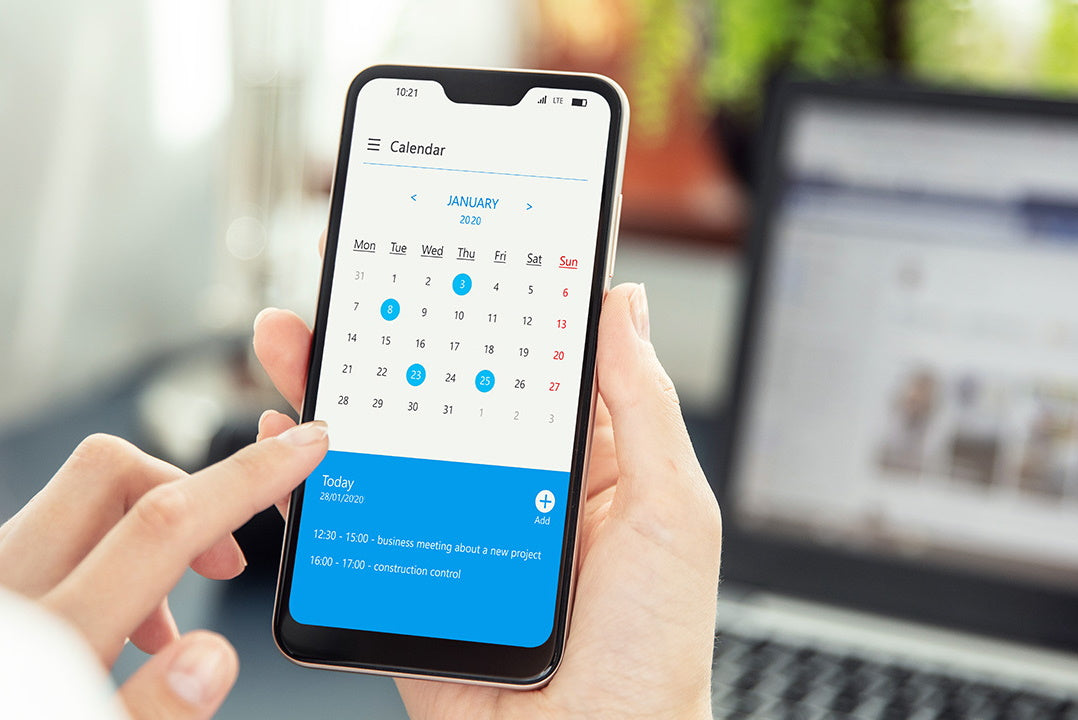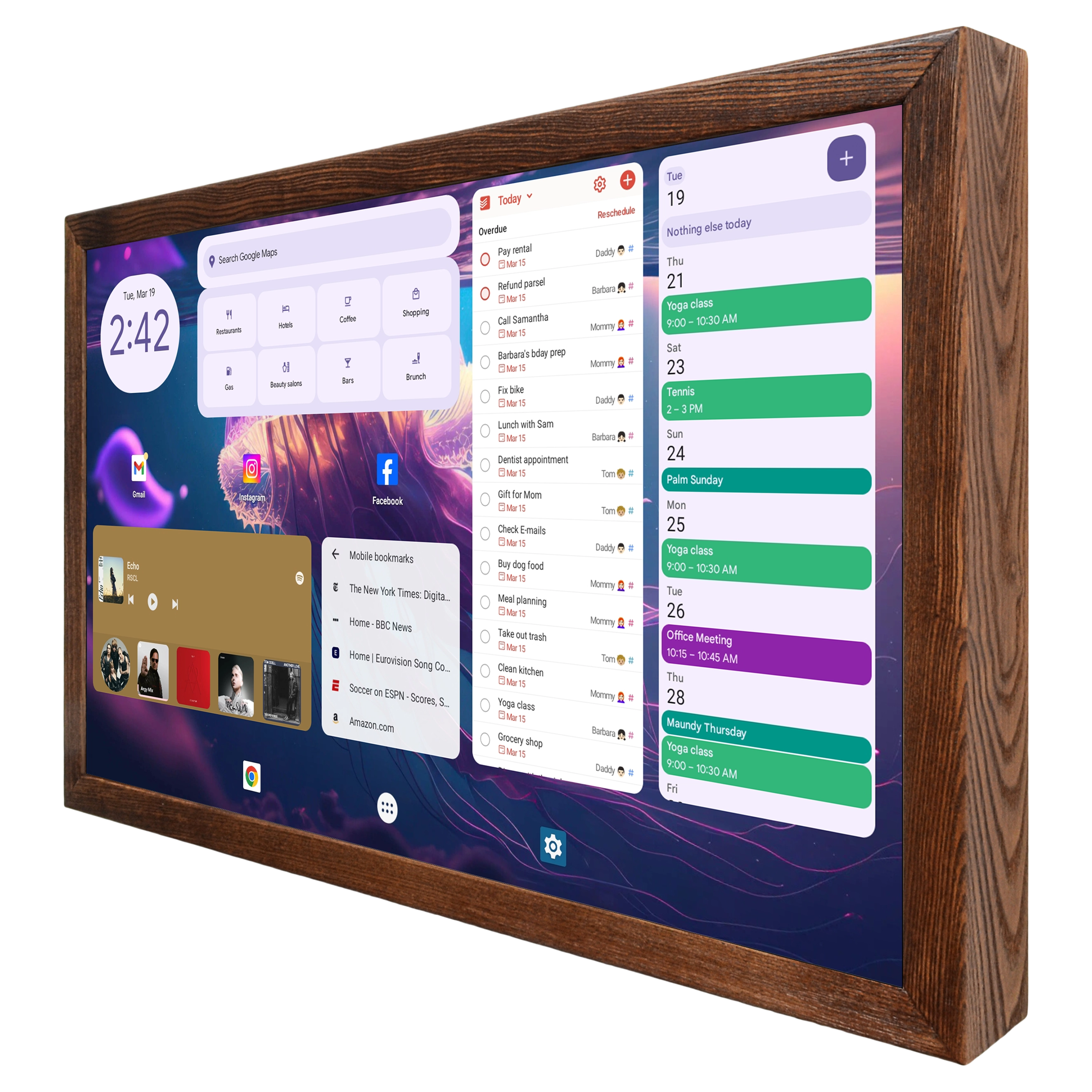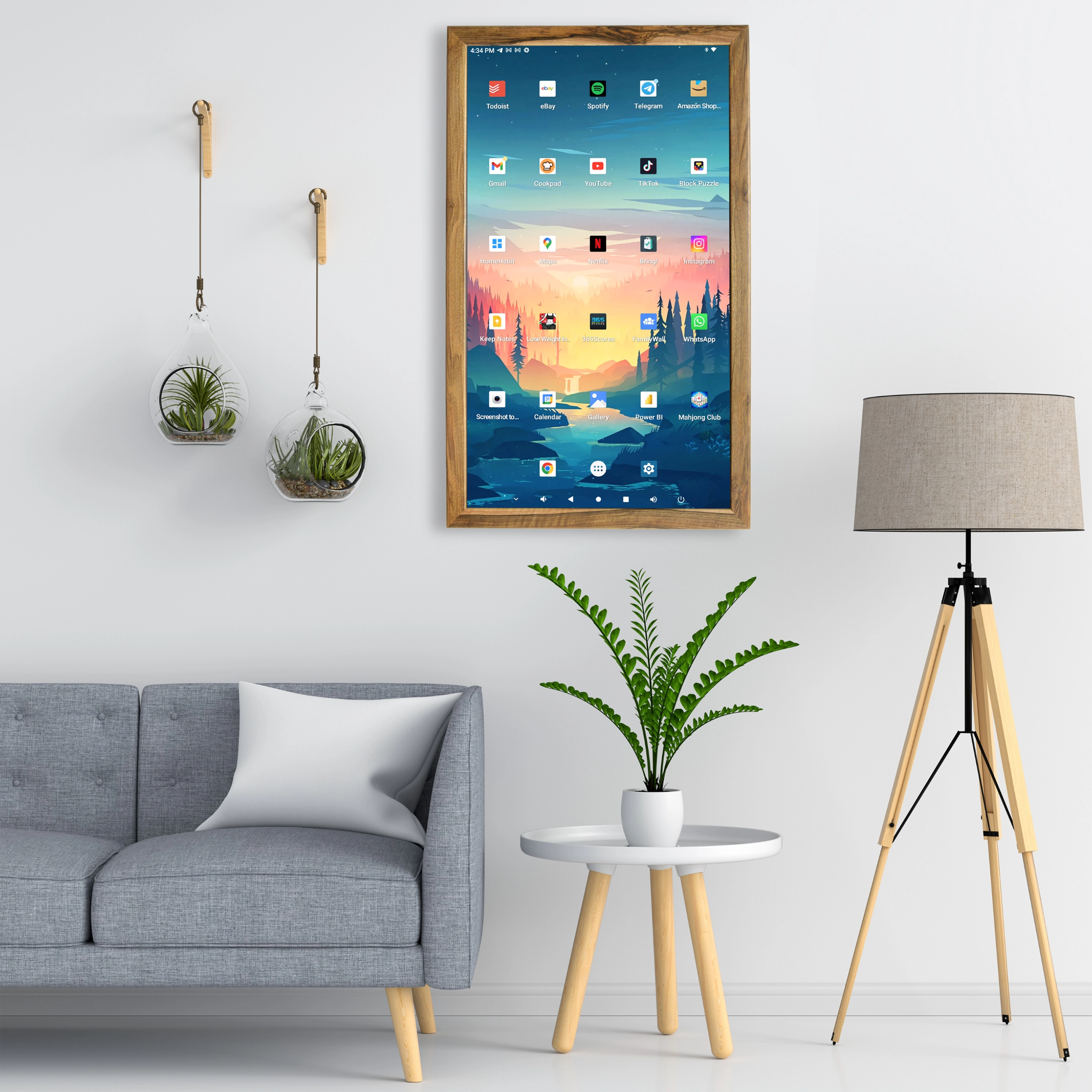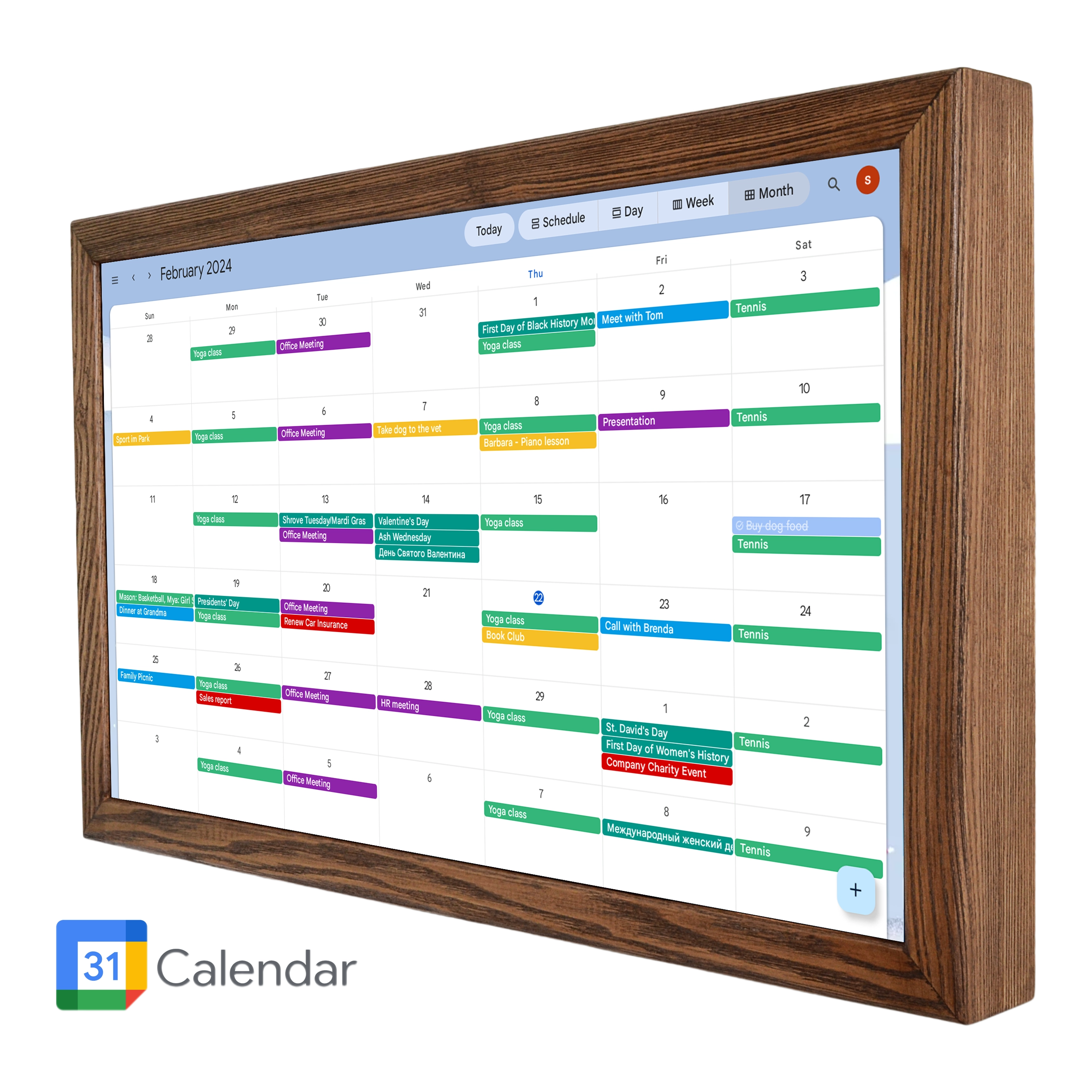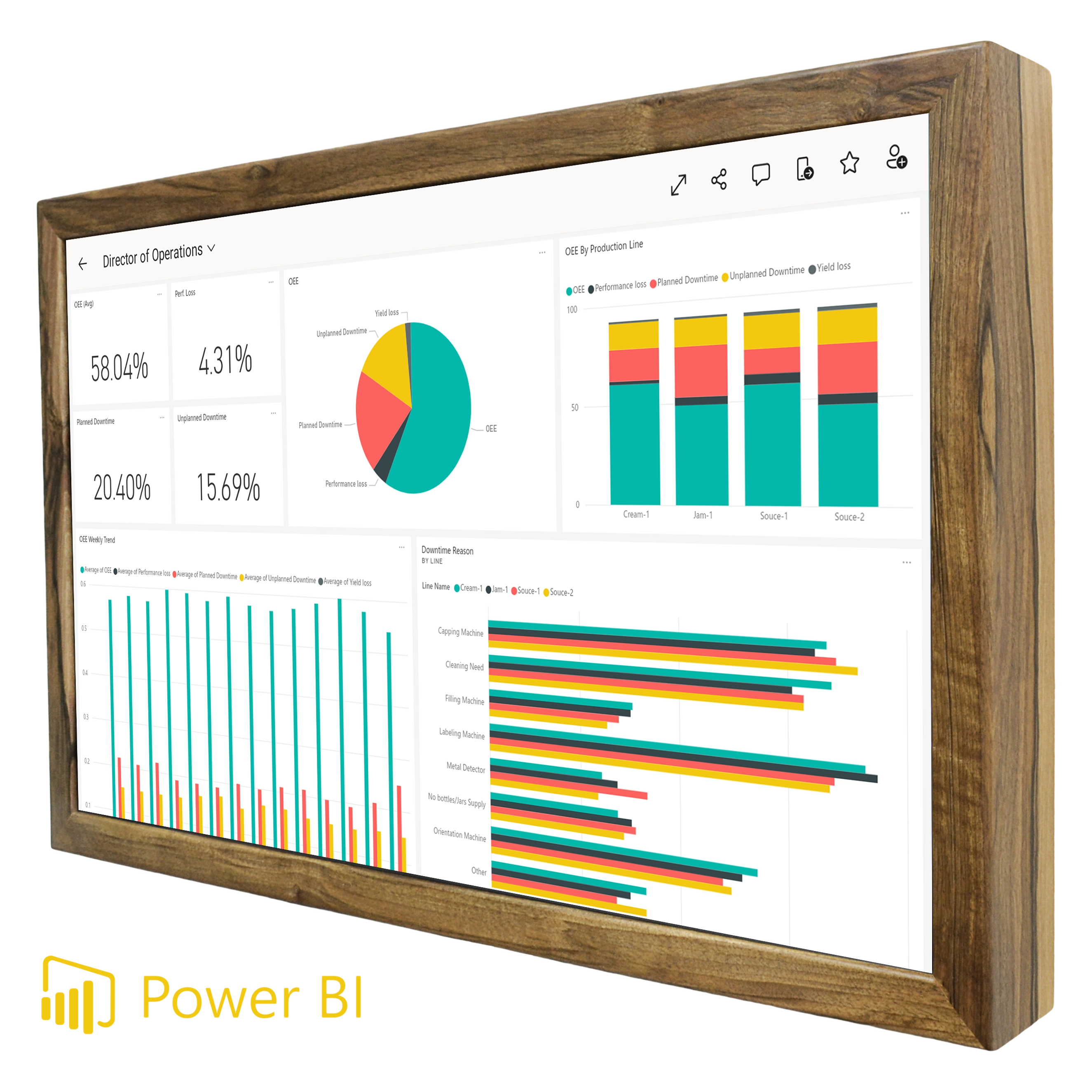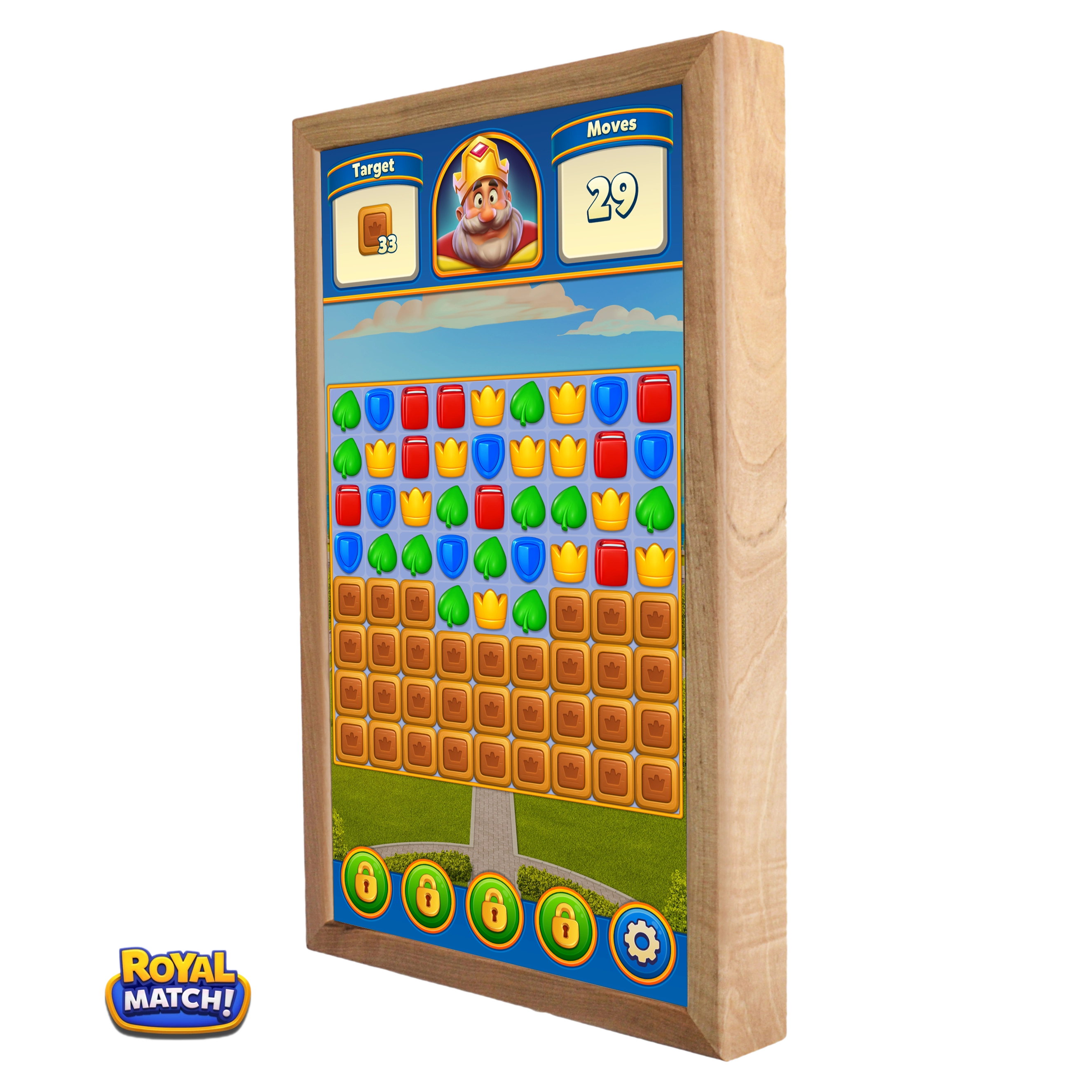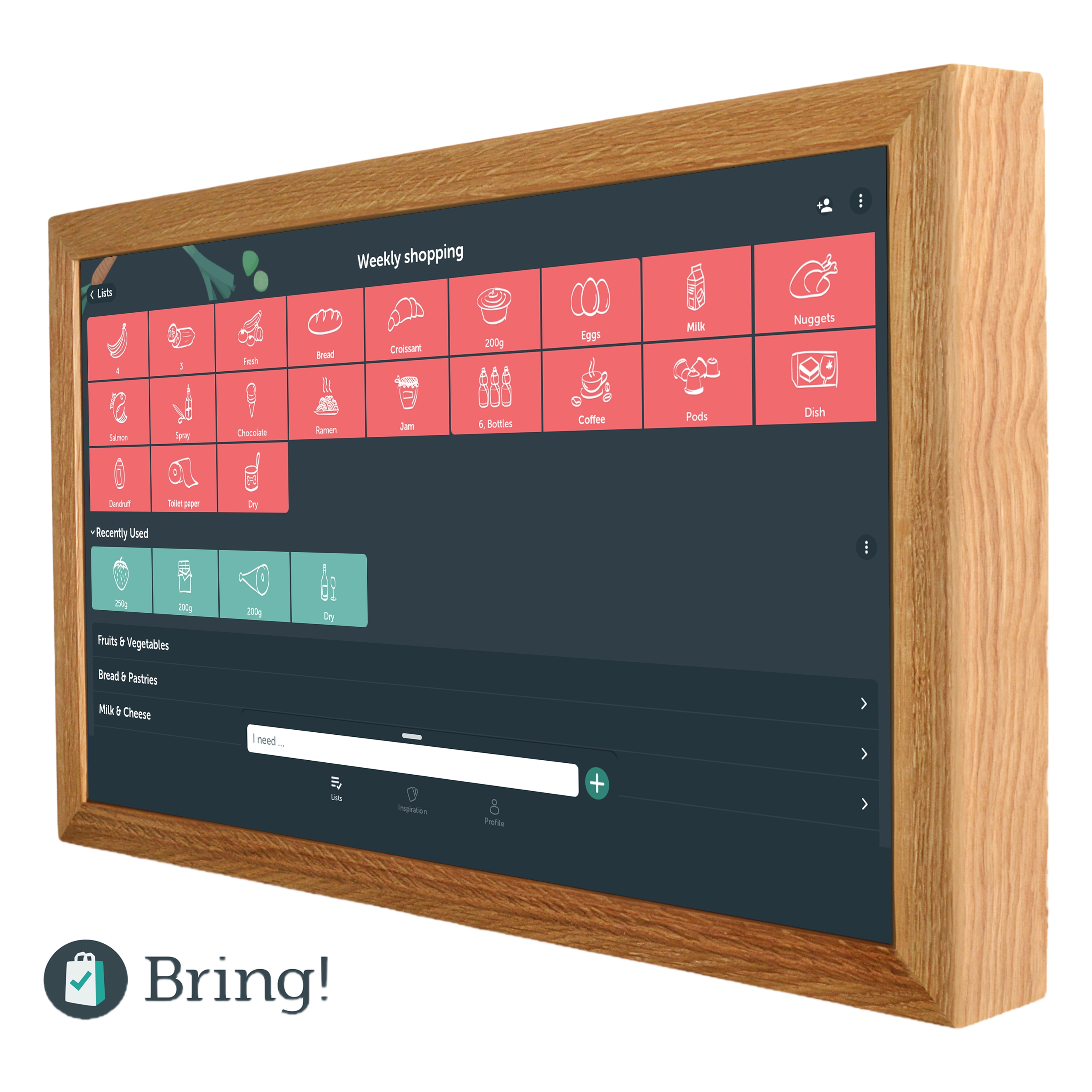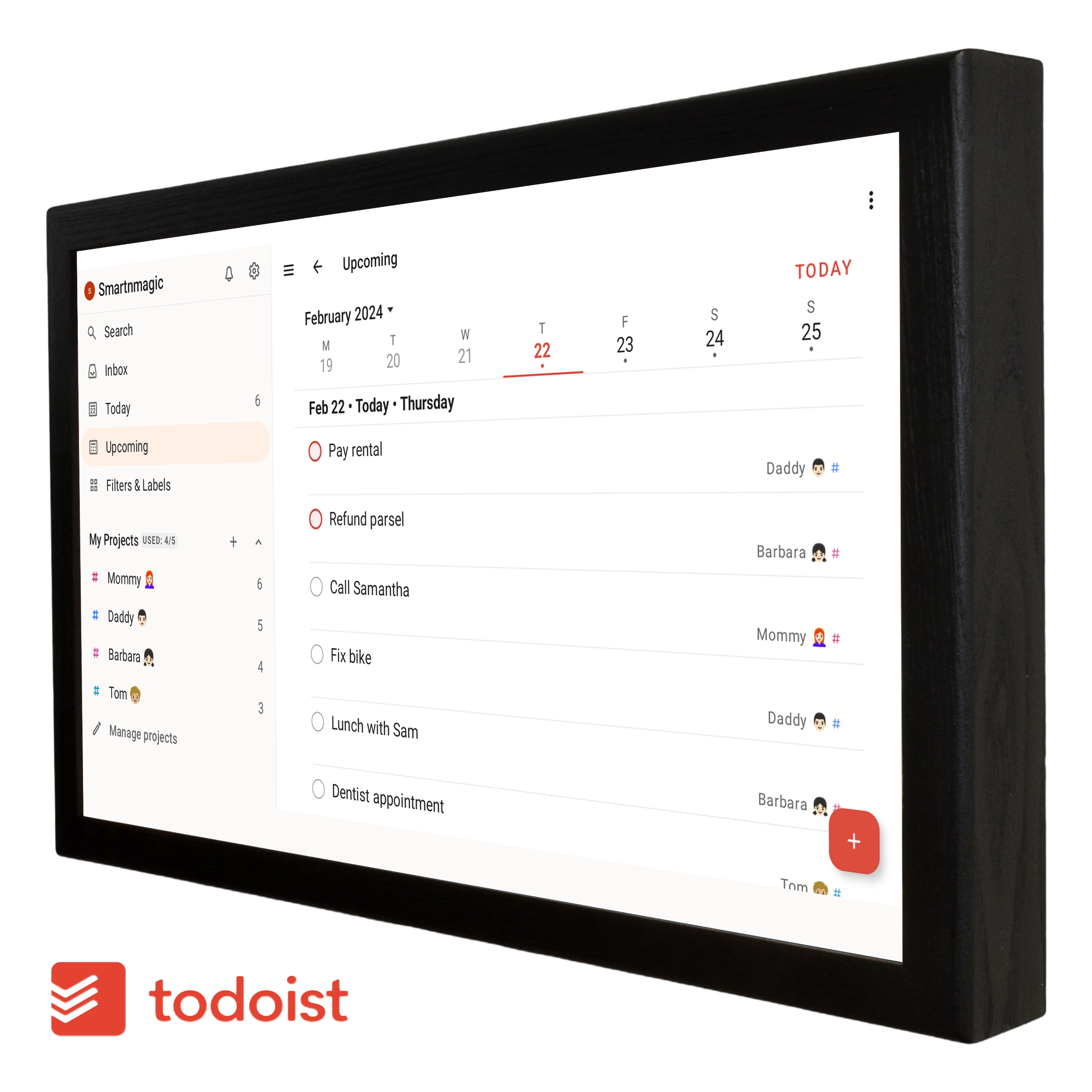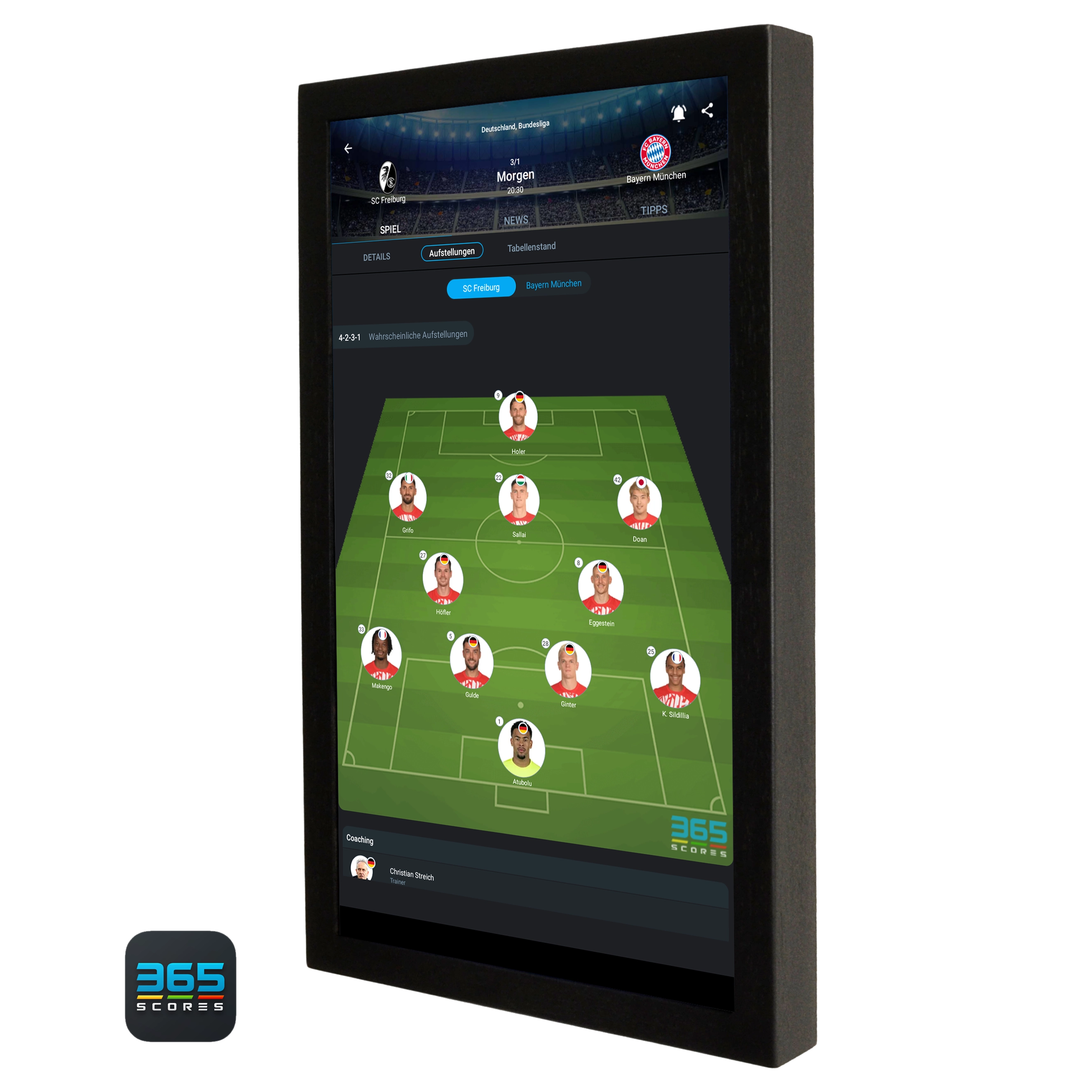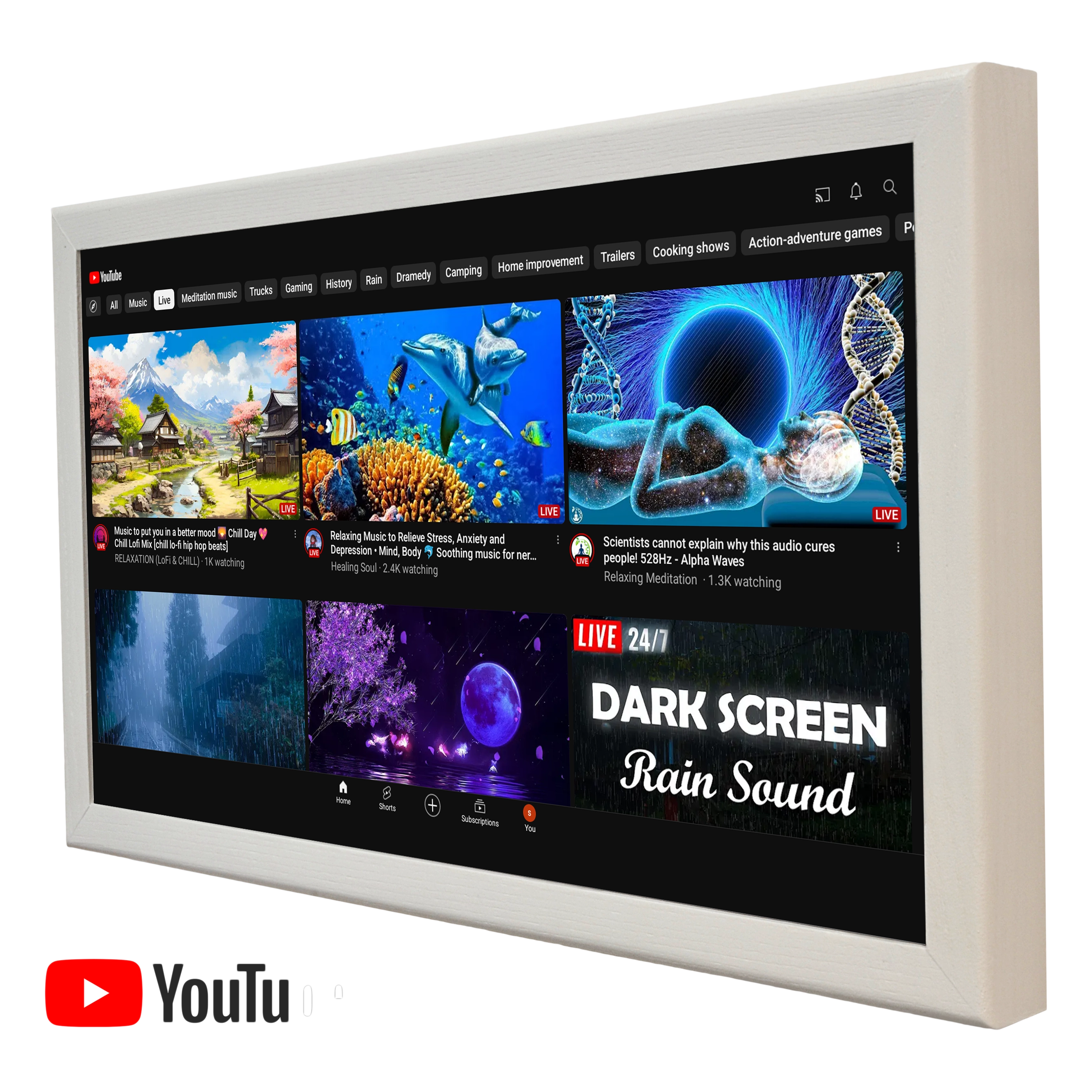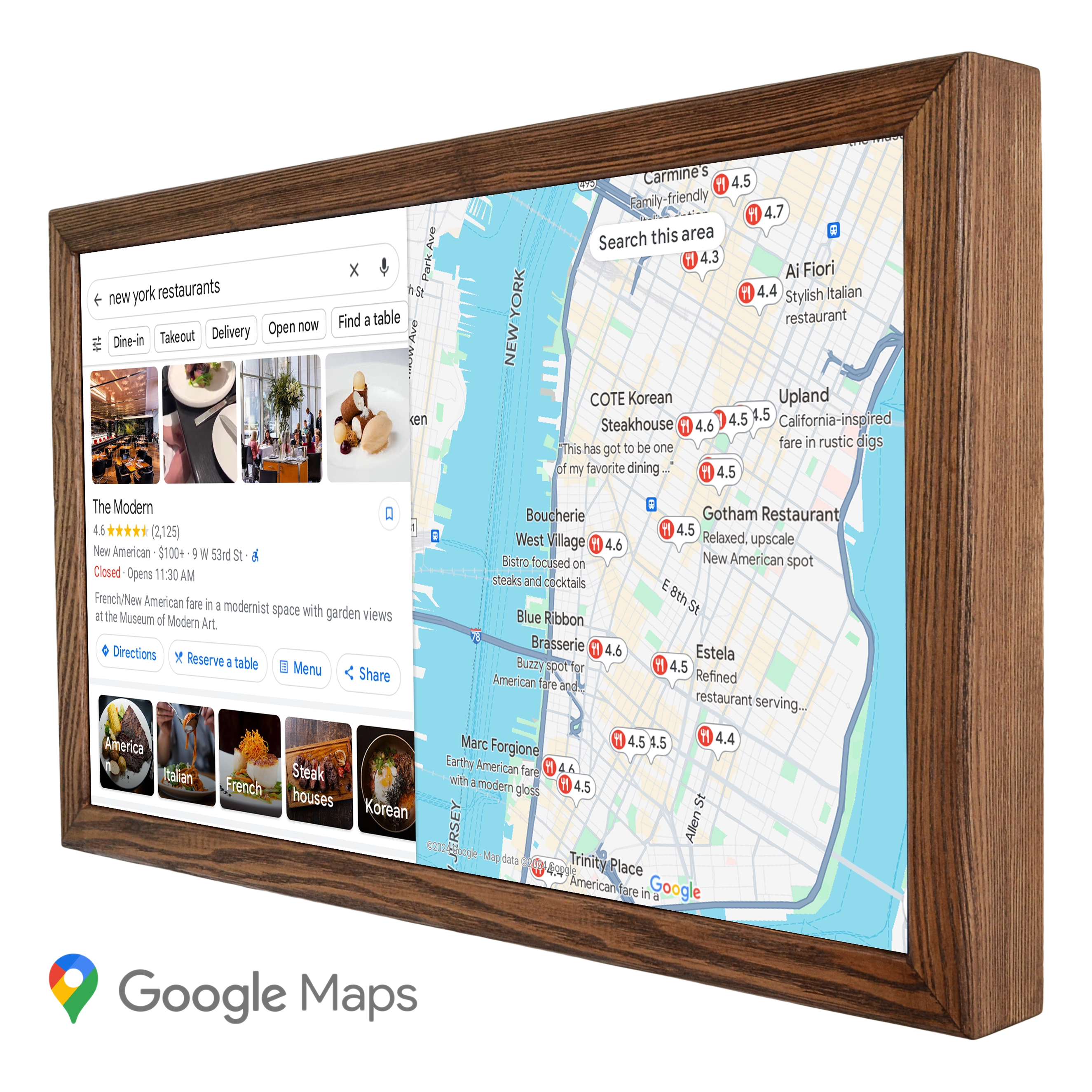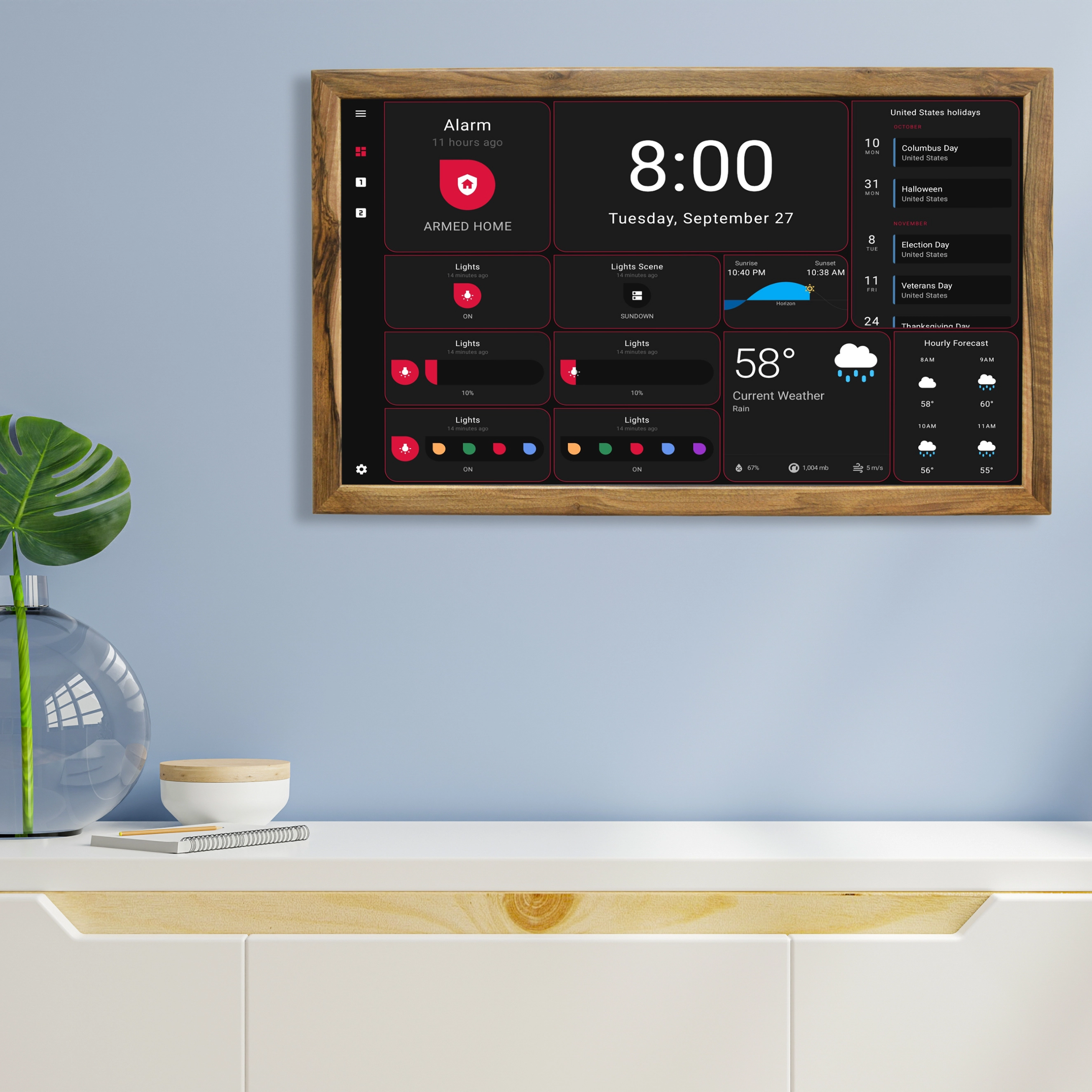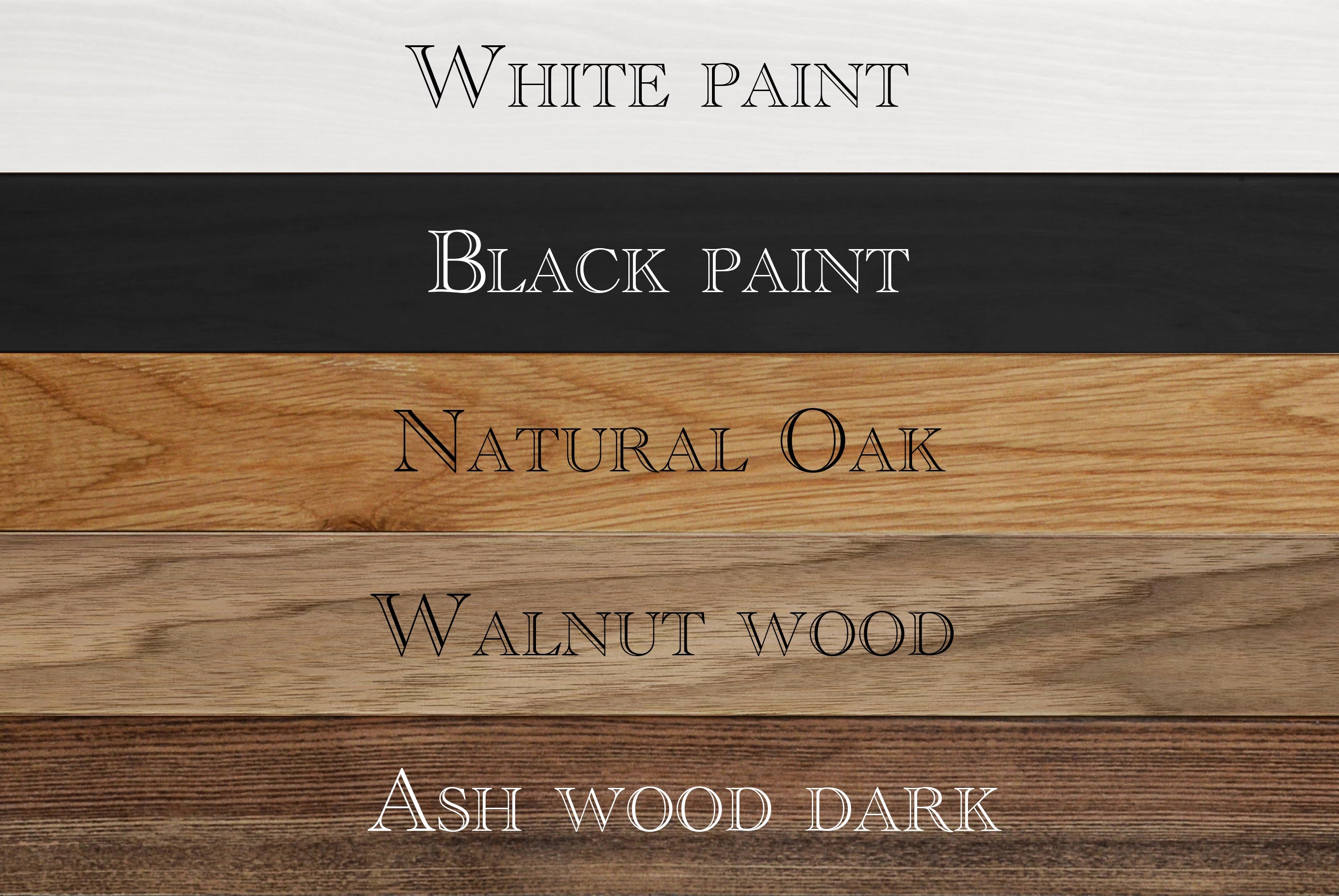Smart speakers have gained immense popularity, and for good reason. They can answer almost any question you throw at them and play music. However, they have their limitations as they can only tell you information without any visual aid. As the saying goes, "show, don't tell," is not only a fundamental rule for writers but also an important guideline for technology. If you want a voice assistant to show you results and information, you need to upgrade to smart displays.
Smart displays are essentially smart speakers with touch screens. They offer the same hands-free voice assistant features, allowing you to play music, control smart home devices, and check the weather with your voice. But the screen adds a whole new level of information and control beyond what simple speakers offer. For instance, when you want to play music, you can view album art or watch the music video of the song. When you want to check the weather, you can see upcoming temperatures and conditions for the week at a glance. And when you want to control your smart lights, you can tap or slide your fingers to adjust their brightness.
Amazon led the way in the smart speaker market with its Echo device, and the company is now doing the same with smart displays through its Echo Show products. And like the Echo, Amazon has updated and expanded its lineup of smart displays with new models.
Other companies have followed suit, and now a wide range of smart displays is available from multiple manufacturers, spanning two voice assistant platforms (although Meta no longer sells the Portal Go or Portal+). We have compiled the top models we have tested here, along with a guide to each platform.
Amazon Alexa Echo Show Smart Displays: Essentials You Should Know About

Amazon's Echo Show smart displays, including the Echo Show 5, Echo Show 8, Echo Show 10, and Echo Show 15 (named after their respective screen sizes), are just the tip of the iceberg.
With Echo Show, you get access to Alexa's full capabilities. These devices can show or tell you almost anything you want to know (within Alexa's ability to respond). They can play content from Prime Video and a few third-party services, offer touch-screen control of smart home devices, and even show live feeds from compatible home security cameras. Additionally, you can make phone calls through them.
The Echo Show 10 has an added and distinct feature: a motorized base. It can rotate to follow you around the room, keeping you in the frame by swiveling the camera and screen. It's an incredibly useful feature, especially if you place it on an island or table in the center of a room. However, due to this feature, the Echo Show 10 is among the pricier devices on the list.
On the other hand, the Echo Show 15 is designed to be mounted on a wall like a picture, making it the largest smart display available, as the name suggests.
Amazon Fire and Echo Show: Tablet Alternatives

Amazon's Fire HD tablets feature a convenient option called Show Mode that enables them to function like the Echo Show. Additionally, Amazon provides a charging dock that automatically switches the tablet to Show Mode, making it a practical solution if you want to keep your Fire HD operational while charging.
Nevertheless, it's worth noting that the tablets' audio quality isn't as impressive as that of the Echo Show devices, and they lack the same level of permanence that a smart display provides.
Google Assistant and Google Nest Hub: What You Should Consider About

If you're heavily committed to using Google's ecosystem or if you already own several Nest products, then the Google Nest Hub is the best smart display with Google Assistant we can recommend. It features Google Assistant and is perfectly integrated with the Google ecosystem, making it an excellent addition to your smart home setup.
It's worth noting that the first Google Assistant smart displays weren't developed by Google. Initially, JBL and Lenovo models hit the market, although JBL no longer offers a smart display. Lenovo currently provides the Smart Clock 2, which unfortunately isn't very impressive. Today, Google offers two Nest models: the Nest Hub (2nd Gen) with a 7-inch screen and one speaker driver, and the Nest Hub Max with a 10-inch screen and stereo speaker drivers (one woofer and two tweeters). Although these devices lack a web browser, you can access YouTube, live TV through YouTube TV, Netflix, Disney+, as well as music through YouTube Music, Apple Music, Spotify, and others. All Google Assistant smart speakers and smart displays support Google Cast, so you can easily stream media to them from any compatible mobile app.
In addition to expected informational and smart home features, these devices support natural language and are less picky about syntax compared to Alexa. While Google Assistant's selection of supported home automation devices isn't quite as extensive as Alexa's, it makes up for it with its superior handling of natural language. You can even make phone calls with these smart displays and use Google Duo for video chats (Nest Hub Max only).
Is it worth to consider Apple Smart Display?

It took a few years for Apple to enter the smart speaker market, with the HomePod (now in its second generation) and the more affordable HomePod mini. At present, it remains uncertain whether Apple plans to release a dedicated smart display. For the time being, you can place your iPad or iPhone on a stand and communicate with Siri, or you can use an Apple TV and speak into the remote, but that's the extent of its capabilities.
If you're looking for a larger screen like a wall display to display more information and have more widgets, check out our DAKboard smart screens in natural wooden frames. If you want the right screen size but also the ability to take it on the go, start exploring our favorite tablets.

